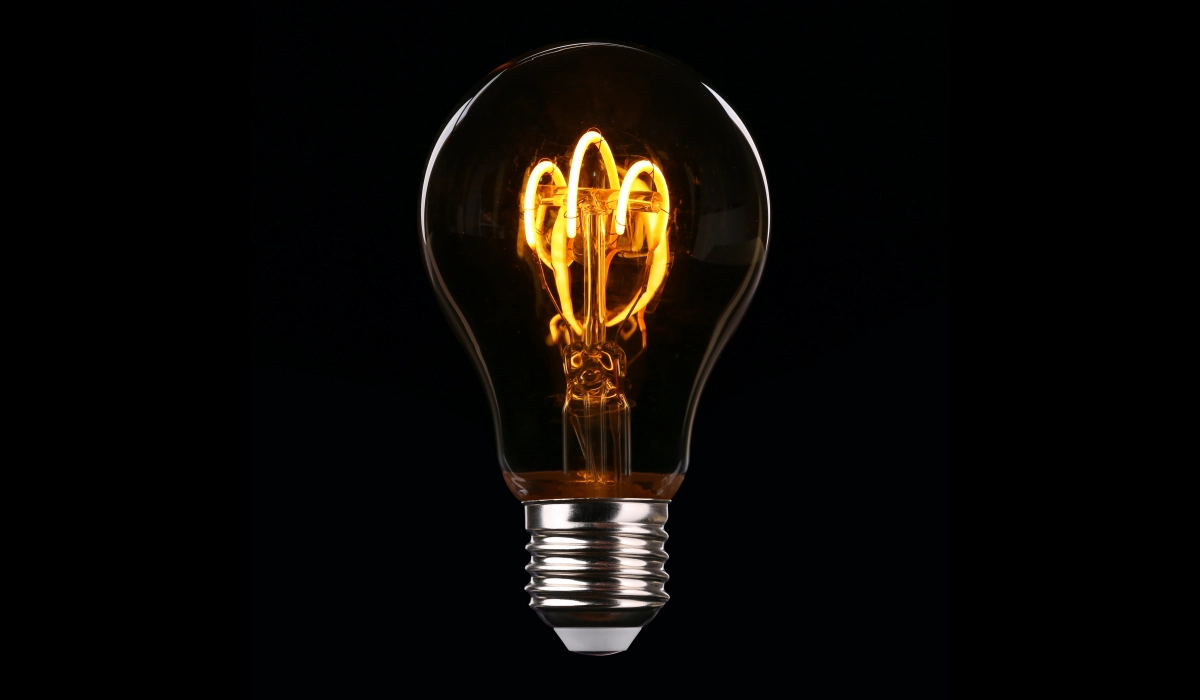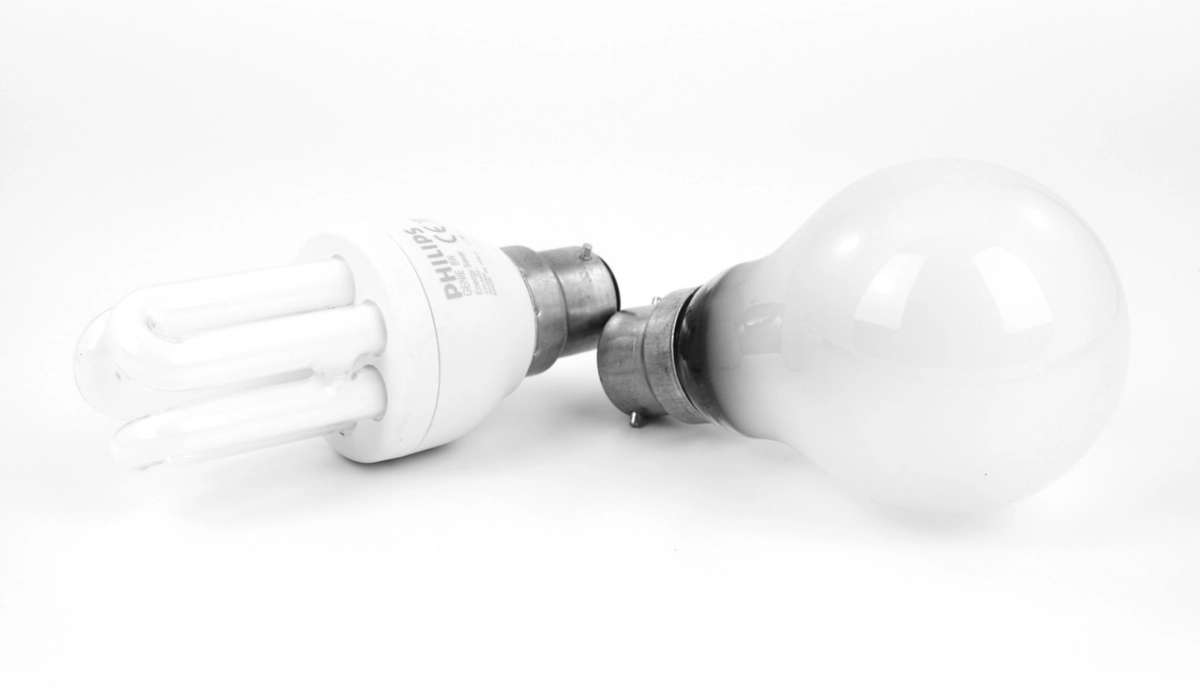Energy conservation and energy efficiency are two related but different approaches to reducing total energy consumption. One seeks to reduce the demand for energy, while the other seeks to use available energy to produce more.
The two are related, yet different. Ideally, it is best to combine both in different measures for maximum effect and best results. I explain further below.

Table of Contents
Energy Conservation
Energy conservation seeks to reduce the total amount of energy consumed in carry out tasks. For example, residents of a neighbourhood or building can opt to switch off appliances and lights when they are out of the house. That is energy conservation. It simply seeks to reduce consumption by cutting down on demand.
Energy Efficiency
Energy efficiency, on the other hand, seeks to find more efficient ways to use energy, such that users can achieve more with the same energy as before or with less. Energy efficiency uses newer, more advanced technology to make better use of available energy.

Differences Between Energy Conservation and Energy Efficiency
Here are the key differences between energy conservation and energy efficiency:
- Definition: Energy conservation refers to reducing energy consumption by reducing the amount of energy used. Energy efficiency, on the other hand, refers to reducing energy consumption by using energy more efficiently to achieve the same or better results with less energy.
- Focus: Energy conservation focuses on reducing the overall demand for energy, while energy efficiency focuses on reducing the amount of energy needed to perform a specific task.
- Methods: Energy conservation can be achieved through behavioral changes, such as turning off lights when they are not needed or using public transportation instead of driving. Energy efficiency, on the other hand, is achieved through the use of energy-efficient technologies, such as LED light bulbs or Energy Star-rated appliances.
- Benefits: Energy conservation can help to reduce overall energy consumption and save money on energy bills. Energy efficiency can also help to save money on energy bills, but it can also improve performance and reduce environmental impact.
- Limitations: Energy conservation can be limited by the need to maintain a certain level of comfort or productivity, while energy efficiency can be limited by the availability and cost of energy-efficient technologies.
Examples of Energy Conservation And Energy Efficiency
Here are examples of energy conservation and energy efficiency:
- Energy Conservation: One example of energy conservation is turning off lights and electronics when they are not in use. This simple action can help to reduce overall energy consumption and save money on energy bills. An energy efficient home is one that is designed to consume as little electricity as possible by using adequate natural lighting and ventilation, so there is little or no need for electric lights, electric fans, and air conditioning.
- Energy Efficiency: One example of energy efficiency is using LED light bulbs instead of traditional incandescent light bulbs. LED light bulbs use less energy to produce the same amount of light, which can help to reduce energy consumption and save money on energy bills over time. An energy efficient home is one in which LED light bulbs are used instead of incandescent bulbs. This provides lighting at lower power consumption.
Both energy conservation and energy efficiency are important approaches to reducing energy consumption and can be used together to achieve greater energy savings and reduce environmental impact.
For example, you can have a home designed from the ground up to depend on natural ventilation such that there is no need for electric fans or A/C at all (in tropical climates). This same home can also be fitted with energy-efficient LED lights, as well as motion sensor lights, such that night lighting is achieved at lower energy consumption. This is an example of how both approaches can be combined.

